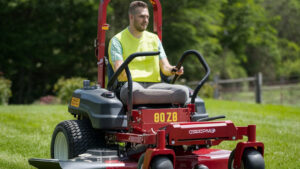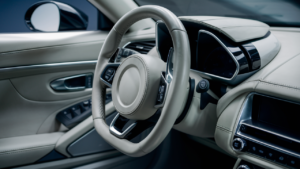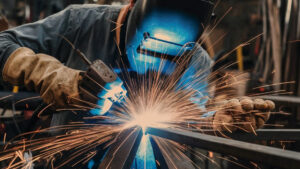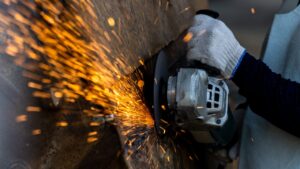If your trolling motor is not running at full power, it could be due to a variety of reasons such as battery issues, loose connections, or damage to the motor. Troubleshooting the problem may involve testing the battery, tracing the wire, checking the fuse, and cleaning the wires.
It is important to check for any points of resistance causing heat buildup and to ensure a clean and tight connection with no buildup or damage to prevent power transfer. As batteries age, their capacity will decline while their internal resistance increases, which can also lead to power issues.
By taking the necessary steps to diagnose and fix the problem, you can ensure that your trolling motor is running at full power and performing as expected.
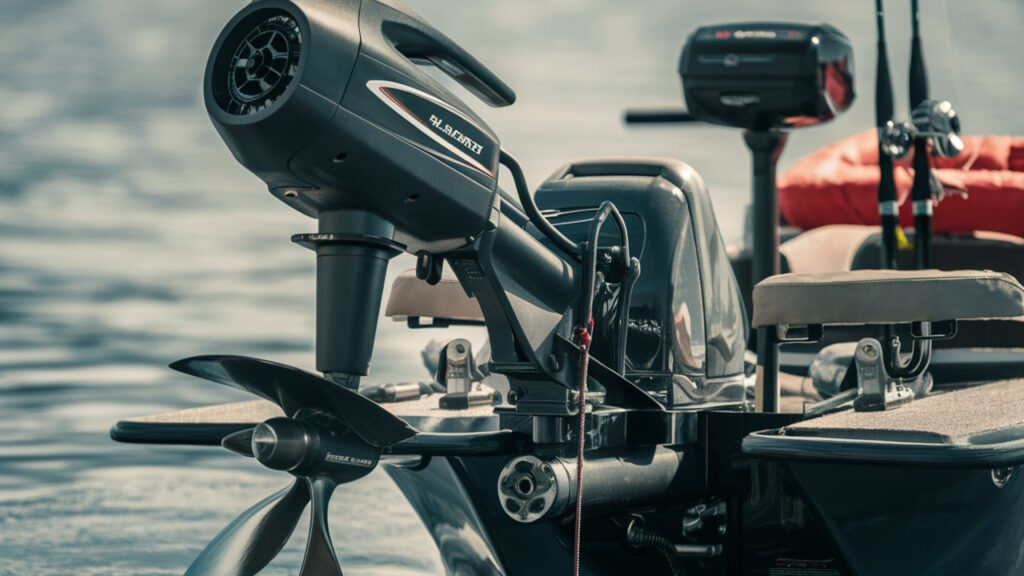
Initial Symptoms And Quick Checks
When your trolling motor is not running at full power, it can be frustrating and hinder your fishing experience. There are several signs that indicate reduced power, such as slower speed, difficulty navigating through vegetation, and shorter battery life. To diagnose the issue, start with a basic visual inspection. Check for any loose or damaged wires, corrosion, or buildup on the motor and battery terminals. Test the battery to ensure it is fully charged and in good condition. Trace the wires to identify any potential issues. Additionally, check the fuse and perform a continuity test to ensure there are no breaks in the circuit. If necessary, remove the control box and inspect the wire bundle for any damage. Repair any broken or frayed wires by soldering them back together. Clean the wires and connections to ensure proper electrical contact. By following these initial steps, you can identify and fix common problems that may be affecting your trolling motor’s power.
Battery Health And Maintenance
To ensure your trolling motor runs at full power, check the battery health and maintenance. Weak batteries can lead to power loss, especially when facing challenging conditions like wind or currents. Regularly inspect and maintain your batteries for optimal performance.
| Battery Health and Maintenance |
| To ensure full power for your trolling motor, regularly test the battery charge. Clean terminals to avoid power loss. Monitor battery age for timely replacement to maintain optimal performance. |
Wiring And Connections
When inspecting the wiring and connections of your trolling motor, it’s crucial to check the cables for any signs of damage. Look for fraying, cuts, or exposed wires that could be affecting the power flow. Ensure that all connections are tight and secure, as loose connections can lead to power loss and reduced performance.
Motor And Propeller Assessment
To troubleshoot why your trolling motor is not running at full power, check for wiring issues, battery condition, and propeller condition. Ensure the connections are secure and free from corrosion, and consider the age and capacity of the battery. Additionally, inspect the propeller for any damage or debris that may be affecting performance.
Motor and Propeller Assessment:
When troubleshooting why your trolling motor is not running at full power, it is important to assess the condition of both the propeller and the shaft and motor housing.
For the propeller, check for any damage or wear that may be affecting its performance. Look for any dents, cracks, or missing blades. If the propeller is damaged, it may not be able to generate enough power to propel the boat efficiently.
Next, inspect the shaft and motor housing for any signs of damage or corrosion. Look for any bends or cracks in the shaft and check for any corrosion on the motor housing. Damage or corrosion can affect the motor’s power output and should be addressed.
By assessing the condition of the propeller and the shaft and motor housing, you can identify any issues that may be causing your trolling motor to not run at full power. Addressing these issues can help restore your motor’s performance and ensure smooth operation on the water.
Control And Speed Settings
If your trolling motor is not running at full power, check the control and speed settings to ensure they are properly adjusted. Incorrect settings can limit the motor’s performance, so make sure to review the user manual and adjust the settings accordingly.
Additionally, inspect the battery, wiring, and connections for any issues that may be affecting the power output.
Circuit Breaker And Fuse Analysis
When troubleshooting trolling motor power issues, it’s essential to start by testing the circuit breaker. Look for any signs of damage, corrosion, or loose connections that may be impeding power transfer. If the circuit breaker seems to be in working order, the next step is to check and replace any blown fuses. Corrosion, buildup, and loose connections can also cause power problems, so it’s crucial to inspect all the connections thoroughly. Once the circuit breaker and fuses are ruled out as the problem, it’s important to examine the wiring and connections for any signs of damage or wear. By methodically checking these components, you can identify and resolve the issues that are preventing your trolling motor from running at full power.
Environmental And Usage Factors
If your trolling motor is not running at full power, environmental and usage factors could be the culprit. Factors such as choppy waters, strong winds, and strong currents require more power and drain batteries more quickly. Additionally, as batteries age, their capacity declines and internal resistance increases.
Consider troubleshooting the power issues and checking for damage, corrosion, buildup, and loose connections.
| Environmental and Usage Factors |
| Impact of Water Conditions |
| Using a trolling motor in rough waters or strong currents drains the battery faster. Over time, battery capacity decreases. To prolong battery life, operate the motor in calm waters. Excessive resistance and corrosion can hamper power flow. Ensure clean and secure connections for optimal performance. |
| Load and Weight Considerations |
| Heavy loads demand more power from the motor, leading to quicker battery depletion. Regularly check for obstructions or faults that could strain the motor. Resetting the breaker can restore power and prevent overheating issues. |
Professional Diagnosis And Repair
Is your trolling motor not running at full power? There could be several reasons for this issue. Check the battery, wiring, fuse, and control box for any faults or damages. Clean and tighten all connections to ensure proper power transfer.
If the problem persists, it’s advisable to consult a professional for diagnosis and repair.
| Professional Diagnosis and Repair |
| When to Seek Expert Help |
| Warranty and Service Options |
If your trolling motor is not running at full power, it could be due to various issues. Seeking expert help is crucial to diagnose and repair the problem effectively. Check the warranty and service options available to you. Troubleshooting power issues is important to ensure optimal performance. Regular maintenance and proper care can extend the lifespan of your trolling motor. Consulting professionals for repairs can prevent further damage. Swift action is key to resolving any power problems with your trolling motor.
Frequently Asked Questions
How To Tell If A Trolling Motor Battery Is Bad?
To tell if a trolling motor battery is bad, test it for voltage and capacity. Look for corrosion, loose connections, and worn-out wires. If the battery is old or shows signs of damage, it may need replacement.
Why Is My Trolling Motor Dying So Fast?
To prevent your trolling motor from dying fast, avoid using it in rough waters. As batteries age, their capacity decreases, draining power more quickly. Regular maintenance and checking for power-draining issues can help prolong battery life.
How Do You Reset The Breaker On A Trolling Motor?
To reset the breaker on a trolling motor, locate the small black button on the side of the circuit breaker. Press this button to restore power to the motor. Make sure to check for any factors that could be causing excessive power usage or resistance, such as heat build-up or loose connections.
Once everything is checked, depress the black reset button.
Why Is My Trolling Motor Not Running At Full Power?
The power issue could be due to a few reasons. First, check the battery to ensure it is fully charged and in good condition. Next, inspect the wiring and connections for any damage or loose connections. Additionally, check the fuse to make sure it is not blown.
If none of these solutions fix the problem, it may be necessary to take the motor to a professional for further diagnosis and repair.
Conclusion
Troubleshooting your trolling motor for power issues is crucial for optimal performance. By following the diagnostic steps and maintenance tips, you can identify and resolve common issues that may be affecting the motor’s power output. Regular inspection and proper care will ensure that your trolling motor runs at full power when you need it most.

